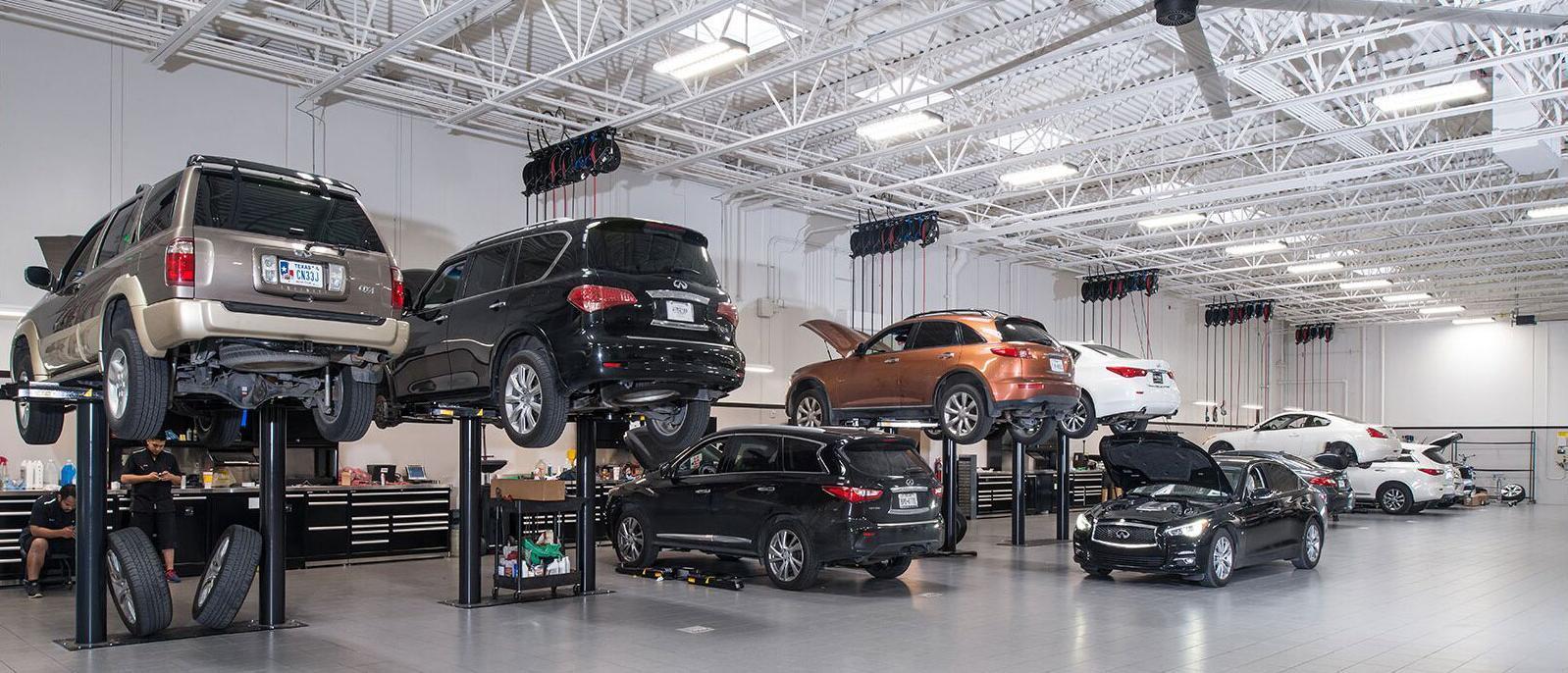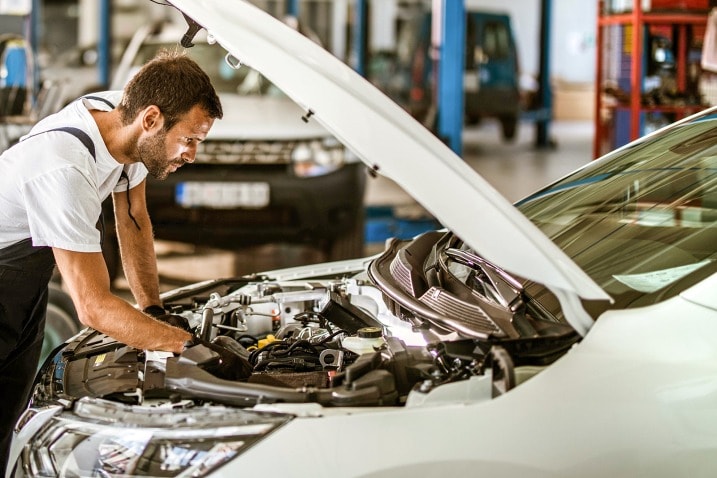All Categories
Featured
Your vehicle's suspension system is an essential part that improves your driving experience by providing control, security, and convenience. Here's a detailed overview to keeping your suspension system in exceptional form.
![]()
Leaking Liquid: Oil around the struts or shocks shows they may need replacement. Harmed Springs: Splits or breaks in the springtimes can cause unequal car height. Corrosion or Corrosion: Metal components like control arms and bushings are susceptible to deterioration with time. Have your suspension system inspected by a specialist mechanic. if you see any type of irregularities.
Maintain tires pumped up to the advised pressure. Rotate tires every 5,000 to 7,500 miles. Balance and line up wheels yearly or after hitting aesthetics or gaps. Uneven tire wear is a common indication of suspension imbalance or worn parts.
![]()
Verdict. Correct maintenance of your suspension system is vital for guaranteeing a secure and comfy driving experience. By performing normal evaluations, replacing used components, keeping tire care, and driving responsibly, you can maintain your suspension in peak problem. Positive care not only prevents pricey repair services yet also guarantees your automobile's long life and safety for every single trip.
- Comprehend the Relevance of the Suspension System. The suspension system takes in shocks from irregular roadways, supports the automobile's weight, and keeps the tires firmly touching the roadway. It includes shocks, shows off, springs, control arms, and bushings, all of which job together to make sure a steady and smooth trip. Recognizing its significance is the initial step toward correct care.
- Conduct Routine Aesthetic Assessments. Constant aesthetic checks can aid recognize possible issues early. Search For:

Leaking Liquid: Oil around the struts or shocks shows they may need replacement. Harmed Springs: Splits or breaks in the springtimes can cause unequal car height. Corrosion or Corrosion: Metal components like control arms and bushings are susceptible to deterioration with time. Have your suspension system inspected by a specialist mechanic. if you see any type of irregularities.
- Address Uncommon Sounds and Signs And Symptoms. Uncommon sounds, such as creaking, squeaking, or clunking, commonly signal suspension problems. A bouncy trip, problem guiding, or the vehicle pulling to one side shows that a suspension component may require focus. Do not neglect these signs; early detection can prevent further damage.
- Preserve Appropriate Tire Care. Tires and suspension interact to provide a smooth experience. To reduce tension on your suspension system:
Maintain tires pumped up to the advised pressure. Rotate tires every 5,000 to 7,500 miles. Balance and line up wheels yearly or after hitting aesthetics or gaps. Uneven tire wear is a common indication of suspension imbalance or worn parts.
- Replace Worn-Out Parts on Time. Suspension components like shocks, struts, and bushings use out with time. Producers typically suggest changing shocks and shows off every 50,000 to 100,000 miles, depending on driving problems. Delaying replacement can jeopardize handling, security, and overall automobile efficiency.

- Prevent Overloading Your Vehicle. Surpassing your automobile's weight capability places too much strain on the suspension system. This can lead to quicker tear and use on elements like springtimes and shocks. Constantly examine your owner's handbook for weight limitations and prevent overloading.
- Drive Sensibly. Aggressive driving behaviors, such as speeding up over holes, taking corners too quick, or often driving on rough roads, can damage your suspension. Practice careful driving to reduce wear and expand the life-span of your suspension system.
- Schedule Expert Evaluations. Regular expert inspections are essential for identifying surprise concerns and ensuring optimal performance. Technicians can find problems that aren't noticeable throughout a DIY check, such as used round joints or control arm damages.
Verdict. Correct maintenance of your suspension system is vital for guaranteeing a secure and comfy driving experience. By performing normal evaluations, replacing used components, keeping tire care, and driving responsibly, you can maintain your suspension in peak problem. Positive care not only prevents pricey repair services yet also guarantees your automobile's long life and safety for every single trip.
Latest Posts
Learn How to Cut Costs on Car Maintenance with Montclare Auto Repair’s Special Deals
Published en
1 min read
Uncover Cut Costs on Car Maintenance with Montclare Auto Repair’s Exclusive Deals
Published en
1 min read
Discover WyHy FCU – Top Benefits for Your Future
Published en
1 min read
More
Latest Posts
Learn How to Cut Costs on Car Maintenance with Montclare Auto Repair’s Special Deals
Published May 30, 25
1 min read
Uncover Cut Costs on Car Maintenance with Montclare Auto Repair’s Exclusive Deals
Published May 27, 25
1 min read
Discover WyHy FCU – Top Benefits for Your Future
Published May 24, 25
1 min read